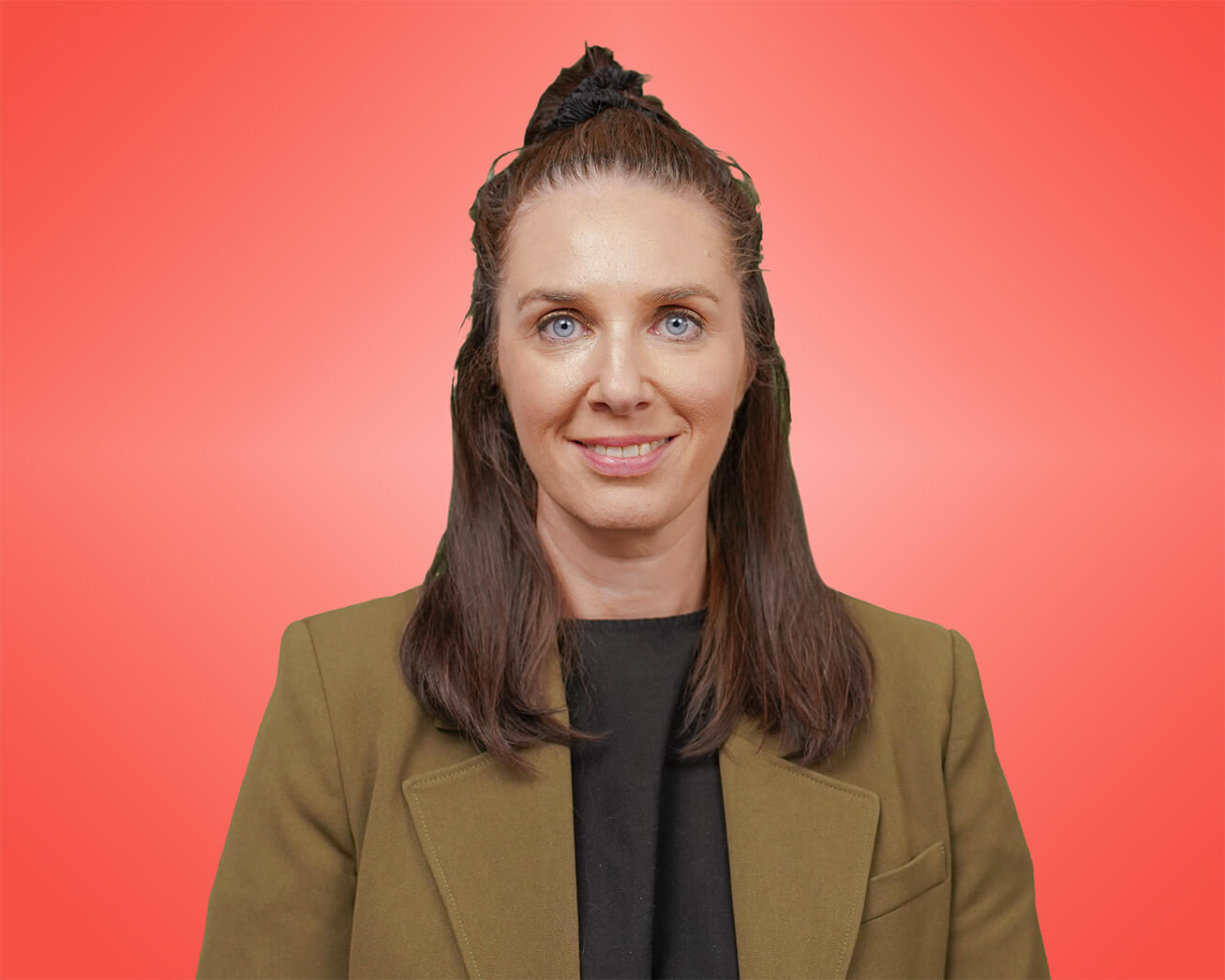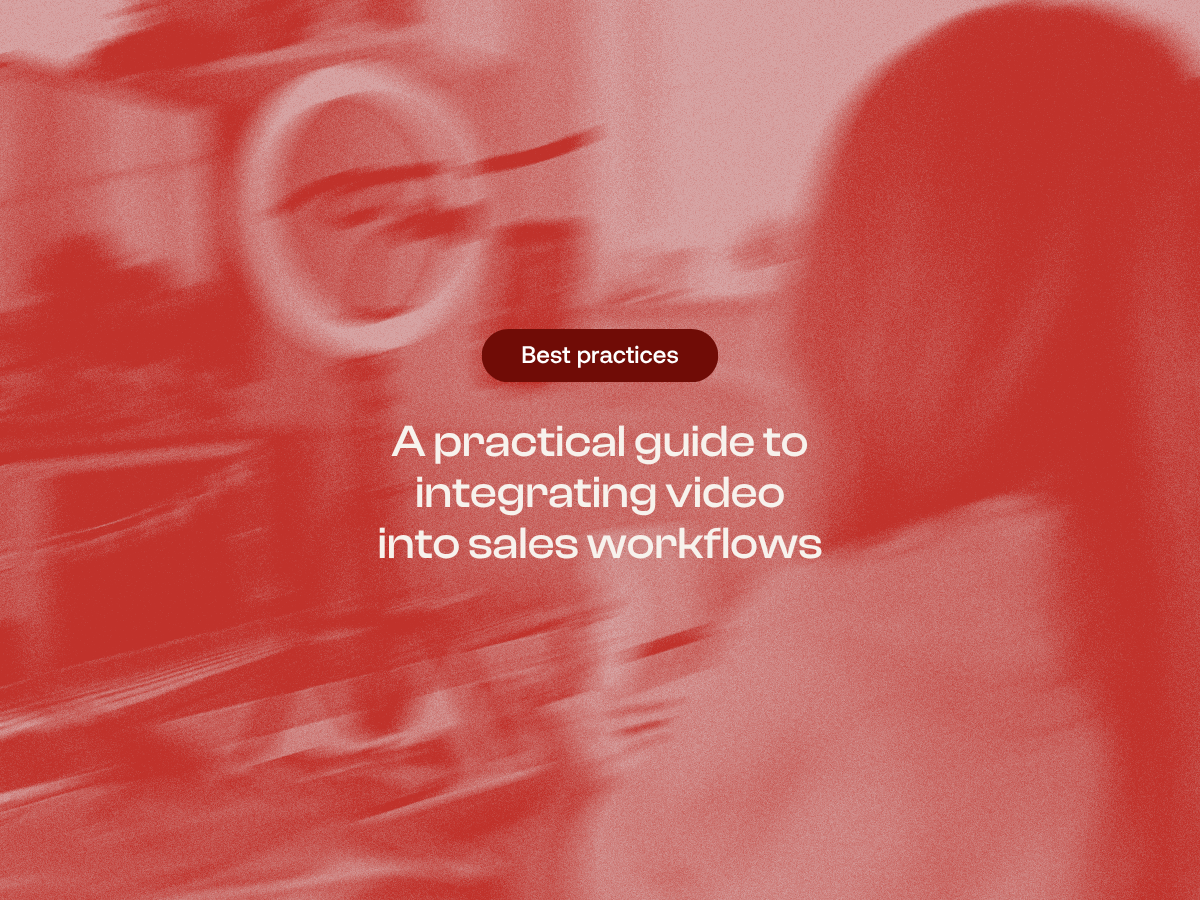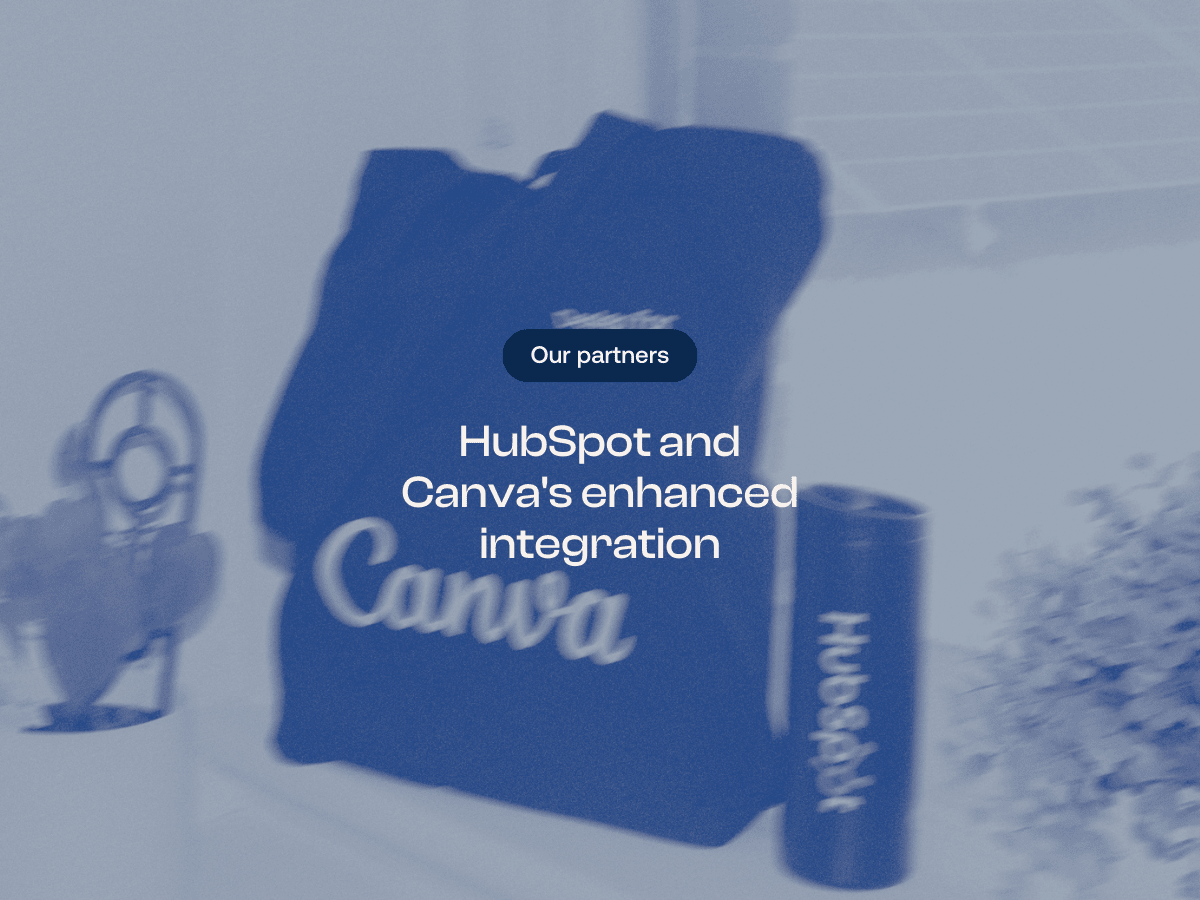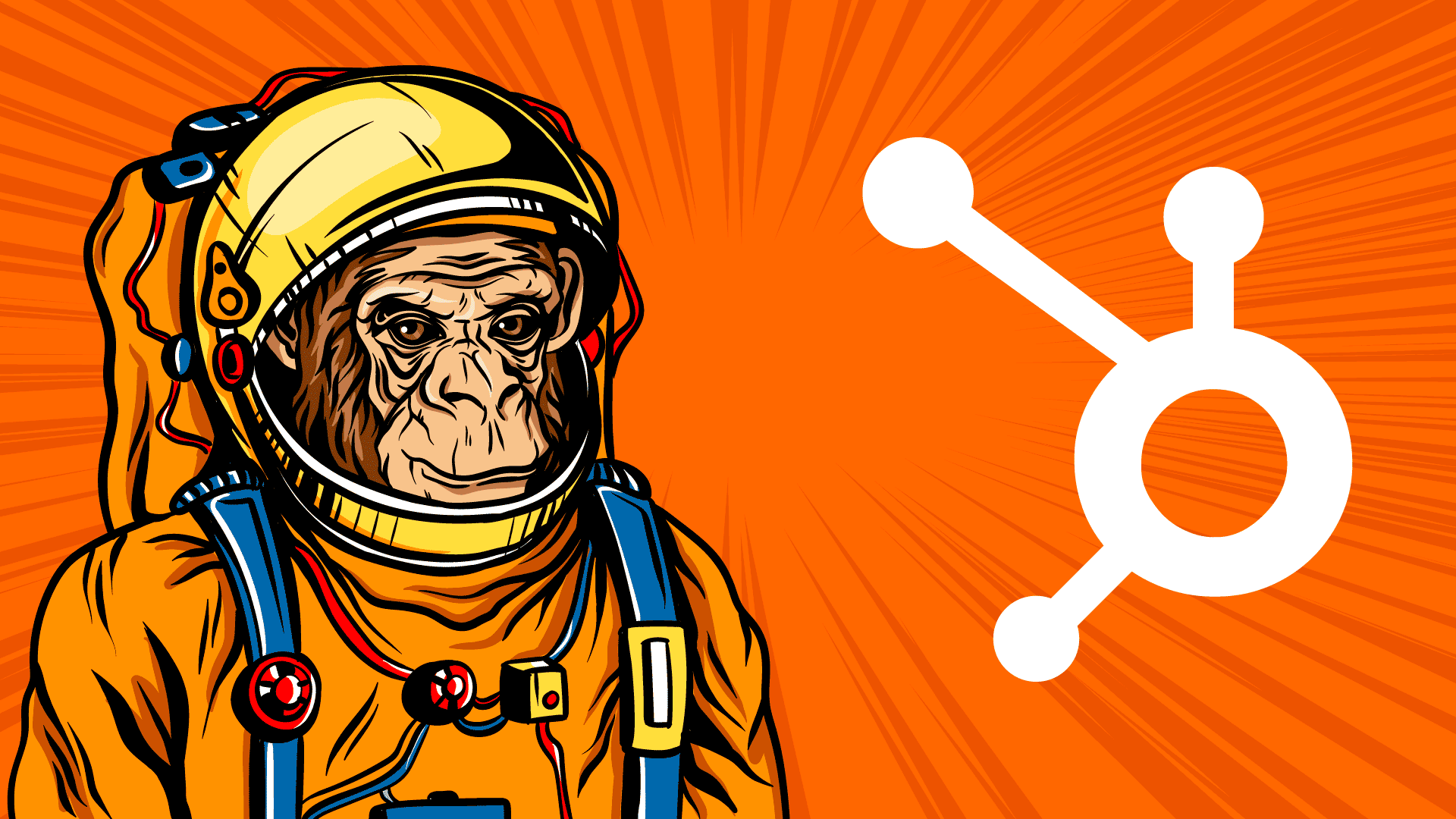AI Day 2025: AI as your creative partner
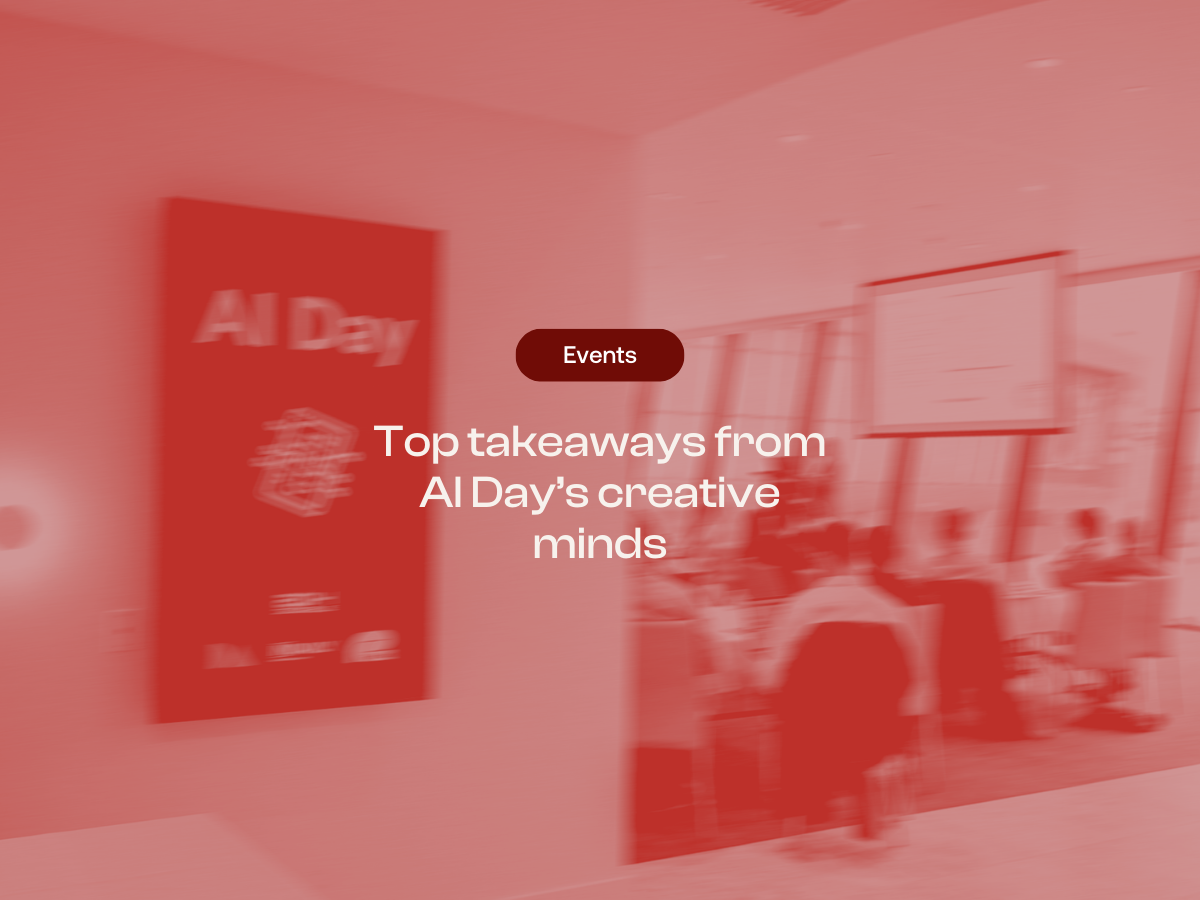
Last updated: 26 May 2025
In much the same way that Matt from MAD did for a brand campaign and our CEO Ryan did for his presentation images for AI Day, I thought about using Claude or ChatGPT to write this blog entirely for me. My first thought after that was, ”Well, if AI can write the blog for me, is there a place for me as a copywriter?” Are indeed the robots taking our jobs? For the first AI Day, this wasn’t really a topic of conversation as all the speakers talked lovingly and excitedly about AI. They shared how using AI had helped them create something they otherwise wouldn’t have been able to create or just would have taken them years and years and not months to produce.
The common theme, however, was that for AI to be powerful, it still needs a human to drive it. Those that will be lost, or lose their jobs will be the ones that don’t embrace this phenomenon that is only going to get better and better. The future is here and it’s all about AI. The human component that we think makes AI better is really just an alternative and not something that is artificial. Matt from MAD coined the phrase “Alternative Intelligence,” and we hope that sticks.
So, I’m taking some inspiration from Matt and Ryan and using AI as my creative partner to bounce off ideas.
The interesting thing about the choice of speakers was that most weren’t marketing-based. When we think of AI, we still think about how it can make our daily lives easier, create a cool image for us or yes, indeed, write a blog for us. But we heard from lawyers and educators who have used AI to create something truly special and unique.
Fact check and keep your reputation in check
First up was Hamish Cameron, Founder of Legal Oracle. An AI-based tool, it was created on a weekend 10 months ago. Last week, Hamish left his job to work on this full time.
Legal Oracle is an accurate and precise way to answer questions about legislation and regulations and soon to be case law too. Hamish talked us through his process and in doing so explained some key learnings about existing AI tools and platforms.
Like did you know that AI can get overwhelmed? Yes, it seems they have real emotions too! The more you add to a prompt, the more the AI can get confused so it’s best to keep it simple and add on after answers have been given.
Hamish also reiterated the point that it is always important to fact check - something he hopes Legal Oracle will do instantaneously. AI wants to be super helpful but if you’re not careful and don’t give it guardrails, it could end up being very unhelpful for your reputation and when trying to serve your customers. Google the Australian lawyer who was caught out filing court documents using ChatGPT with non-existent case law to see what can happen when you don’t fact check.
If something doesn't exist, create it
As a principal and educator, Rebecca Weber has seen firsthand the good and bad side of AI in the education space. The accessibility of AI programs that can not only help a student with their homework but actually do their homework for them brought about huge concerns around plagiarism, privacy and security when OpenAI first launched. I mean, we now live in an age where if you’re under 16 years of age you can’t be on social media but you can ask an AI generator to do your homework for you.
Instead of shying away from this technology and only seeing the bad side, Rebecca saw an opportunity. An opportunity that now sees her as AI Education Integration Specialist Lead at the Department of Education. An opportunity that meant EdChat was born. Rebecca alongside a team of people created their own generative chatbot. They partnered with Microsoft and created a safe space for educators to play and innovate. The process could have been one that was easily given up on. Most would have used OpenAI to speed along the process, but for the Department of Education, this was a no-go zone. They had to create their own safe version of ChatGPT that they could be in control of. Safety and data security was of utmost importance here.
The lesson here is not to immediately rule something out because it’s new, or unknown or a little scary even. Instead, do your research, learn and come up with new ways to make it work for you.
Context and memory is the real game changer
Stepping in at a moment’s notice, the Head of AI Strategy and Solutions at Warp Development, Gaurav Devsarmah spoke about going beyond the hype of AI and unlocking its true potential.
Firstly, the real game changer is not the AI model itself but the context and memory of AI. Put simply, the way we use AI is the game changer, not the platform. AI is about understanding data structures and relationships, specific business processes and workflows and domain knowledge. The pay off is that you get AI agents that remember - they know customer preferences and history, your business rules and playbooks and previous interactions and outcomes. They literally act like a member of your team.
Gaurav first up asked everyone to ask themselves these two questions:
- Where is our business bleeding the most
- This will help you identify critical inefficiencies that AI can address immediately.
- What could we do with 50% more team members tomorrow?
- This will help you to envision the new possibilities that AI augmentation can bring.
The use of AI is just one way in which business owners can save themselves money and to become far more effective and efficient with the same (or less) amount of team members. The result of understanding AI is that the knowledge gained stays in-house and faster growth can happen with a leaner team.
Think about the ways that AI has become part of your daily life. It’s likely, without even thinking about it, you are using the tool to do more in a day with less. You ask it to play the role of your VA, your ideas person, even sometimes your lawyer, all in an effort to save you money and run more efficiently.
The power of AI really lies in the way in which we use it. We can now develop our own agents to basically do whatever we need. However, Gaurav talked about how it is important to plan the outcome first. If you’re building AI foundations, you want to ensure that you pick a clear business goal, map the small changes that lead there and build a lightweight proof-of-concept.
Before you start to build anything, hire anyone, or start writing prompts, plan out what you hope to achieve. Start with the end in mind.
How AI is revolutionising business
Dr Jamie Sherrah shared how AI is revolutionising business. Lots of larger organisations are going deep with their use of AI and using it more to integrate and build systems and processes. But AI really has amazing opportunities for all businesses when it comes to increasing efficiency and growth opportunities.
According to Dr Jamie the next big thing in AI is personalisation. We live in a world where everyone wants personalisation, especially younger consumers. We want to feel special and unique, in life and with marketing. Companies that do not adapt to this may lose out on a younger audience.
AI personalisation is the future of consumer engagement. It’s a proven method that drives loyalty, sales and engagement.
Dr Jamie used the idea of AI personalisation to create a beer. So imagine a beer that is created just for you. Deep Liquid beer was born from this thought. Deep Liquid uses flavour profiling to create personalised beer… next? Personalised fitness drinks but the power of inject.ai really means that what can be personalised is endless.
Using AI to enhance students thinking, not eliminate it
While Edchat was developed to address the safety issues around OpenAI in education, educator Adrian Cotterell talked about another growing challenge with AI and education - student learning.
The education AI space is saturated with AI tutors and feedback generators, but there aren’t many tools that are designed to assess a student’s thoughts and the way they think and problem solve.
Adrian is advocating for a change in the way we view homework too. The easy way out for some students is to have AI do their homework for them. But if homework is created with that in mind then it should be more about the individual, more about creative thinking and ideas and less about writing an essay for example. It is way too easy for kids to ask ChatGPT to write their essay for them and if it’s done outside of school hours, it’s even easier.
So instead of succumbing to the inevitable - that kids use ChatGPT to write their essays - let’s change up the way we think about AI in schools. How can we create or use AI tools that work in favour of educating our kids? One that works with them to increase their creative thinking, their design thinking and their critical thinking.
AI is the tool to use to be a better human
Speaking of critical thinking, Matthew Fisher, Principal at DMAW Lawyers, talked about AI and the legal system. His big tip was to not just take the answer you are given when asking AI a question. Much like a healthy and friendly debate that you may have with a friend, colleague or teacher, you should be questioning the answers you get back. Do you do that with Claude or ChatGPT? Do you question an answer or just accept it?
AI in law is an interesting discussion topic and Matthew showcased how it can be used for efficiency and time saving. Discovery and other “lawyer” things that would take the normal person hours upon hours, weeks upon weeks to uncover and collate can now be catalogued within a couple of minutes.
The ways in which Matthew uses AI was a common way that most people use it - to make their life easier and for tasks to be done quicker. Something that most people may not expect from the legal world where they still charge by the hour. But if there is a way for AI to do its AI-ey things so that the lawyers can handle the people stuff, the law stuff, the things that AI can’t possibly do then maybe opinions of lawyers may change along with their billing methods!
The theme here is that AI isn’t and shouldn’t be a replacement tool but should be used as a tool to do and be better.
AI: the next addition to your think tank
Matt Minear the boss of BAD, a branding, advertising and design agency uses AI as a creative partner. They bounce ideas off AI, much like you would in a team brainstorming session. This saves countless hours in the early phases of a campaign like brainstorming and research and makes drafting communications, creating content and even executing ad campaigns easier.
AI is simply Alternative Intelligence. A new way of looking at things.
For a recent campaign, BAD used AI throughout the whole process and even Matt was wowed by how easily ideas were created and how everyone felt about including AI as part of their team. It’s nothing to shy away from either. It doesn’t take away from needing a human to drive the conversation, to start the ideas and to fine tune the ultimate outcome.
Brainstorming and research? No problem. Within hours, Matt had found the ideal brand ambassador for a client, their manager’s details and was drafting communications to “sell” them the brand.
Every step of the process, AI had a hand in. Whether that be to make the process quicker and swifter, to bounce ideas off or to generate the campaign deliverables.
The future of AI
Refuel CEO Ryan Jones wrapped up AI Day with a conversation about the future of AI. AI will continue to get better and better. In the short term, we will see existing AI tools and platforms being enhanced in what they are capable of doing. With the recent ChatGPT 4.0 launch and Canva’s AI heavy tool launches, more is no doubt coming.
Integrations will continue to get deeper and more seamless and the ways in which AI can help you in your daily personal and work lives will get bigger and bigger.
Following on from the common theme of AI not replacing humans, AI will be seen more as a co-worker and part of the team, than a tool. AI and the way we use it will be less about telling the AI what to do and more a system. And in doing so, emotions and connections may come into play. People are now speaking to AI regularly and conversing in such a way that they are replacing human connection. Surely, we are not that far away from seeing someone marry an AI bot!
As AI potentially replaces human connection, it may also go further than that in the future. AI may take over our bodies. Neuralink is already creating brain-computer interfaces, used to decode and stimulate brain activity so who really knows what’s coming.
AI will get better and better but so will you
I thought I would end this by asking Claude how he (we in the office seemed to think Claude is a he) thought I did at writing this blog and if there was anything he would improve on… in the spirit of being a creative partner. Which is in no way really any different to my usual approach - ask a team member to review my blog and let me know if they have any edits or thoughts to add. So here we go:
- Add more specific examples of how each speaker uses AI in their daily workflows to make it more relatable for readers considering AI adoption
- Include more industry-specific implications of how AI might impact different sectors based on the diverse speakers’ experiences
- Insert a brief personal reflection between each speaker section to show your own journey of understanding AI as a creative partner throughout the day
What do you think?
I actually find it interesting that the points that Claude gave can really be summed up as simply adding more human elements. Write like you were there, which I was and give personal examples so the blog becomes more relatable.
It seems even AI is craving human connection!
